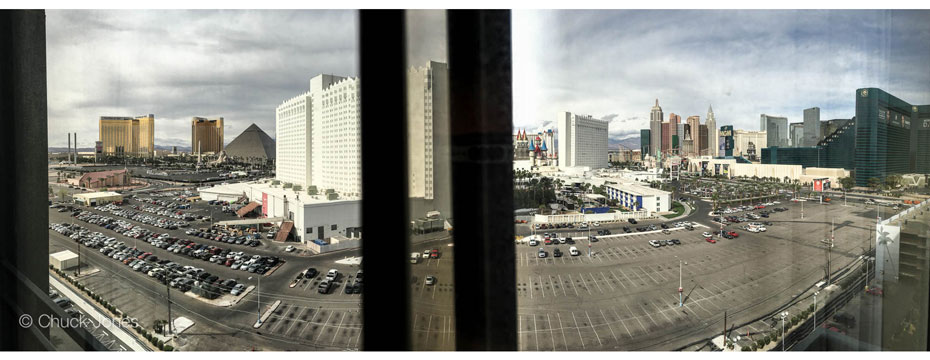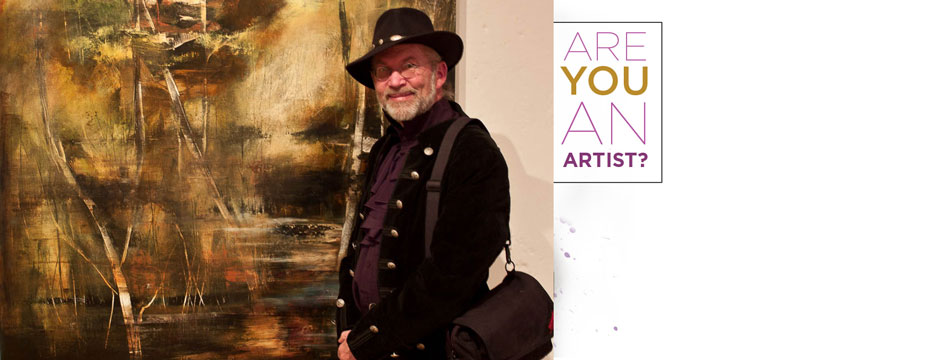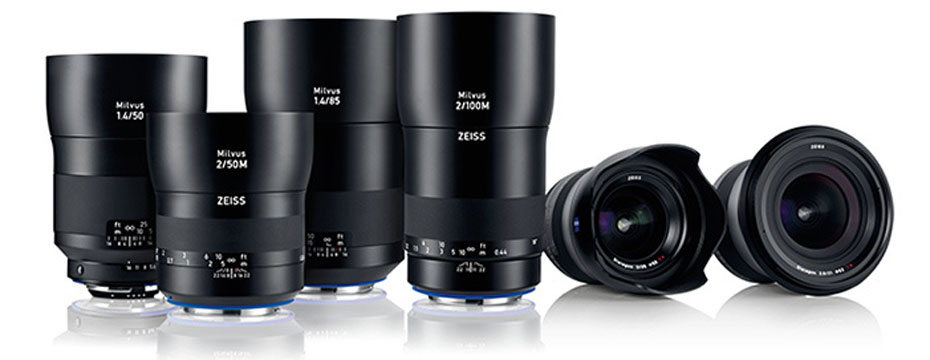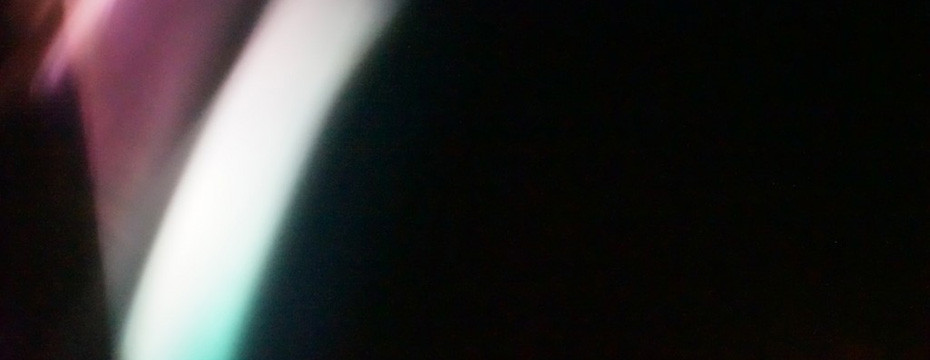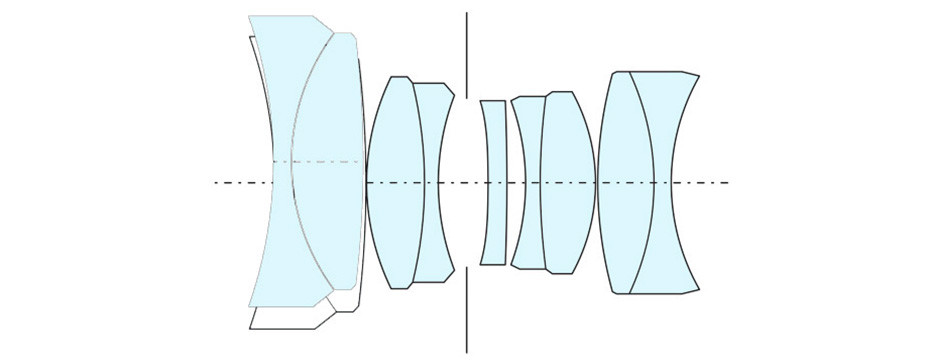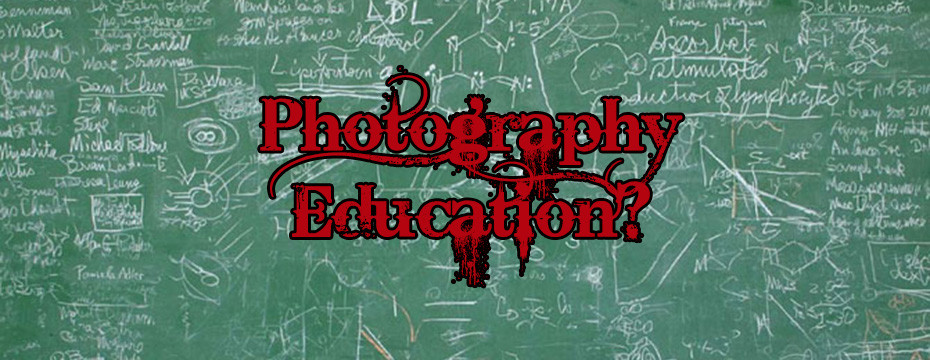
Photography Education
When I went to school photography education consisted of a brownie box camera, five rolls of 127 B&W film, five pre-paid Kodak processing mailers, and a teacher/advisor who supervised the yearbook student staff. “Go out and get us some great pictures!” was about the extent of both the education part of it as well as managements instructions to the staff. I am probably a better photographer today because of it.
Comparing the present with the past, it isn’t hard to tell which people were more concerned about getting a job and earning money rather than studying one of the arts. You don’t see too may Captain’s of Industry with resumes that reveal a degree in art or photography. Many of us went down that traditional education path, because that was the way education worked back then. Reading, writing, and arithmetic; Gym; Band, if you had the chops and could stand the hazing from the “popular” jocks.
Everyone learning something that they are capable of or equipped for? Not on your life. We learned “new math” because “old arithmetic” wasn’t good enough any longer. We were placed in “accelerated programs”; another word for guinea pigs in some Ph.D. student’s thesis. We were pushed into the directions felt important for the country’s future. The schools I attended took little heed of student desires or student’s freedom of choice. We had little diversity. Those who flunked out, or were kicked out for protesting, had Vietnam to look forward to.
In executing the educational priorities on a national scale, the United States train ran off the tracks. Some planner far off in a government office forgot to include the arts, feeling they served of little value in a commerce driven world. A myopic view indeed. They were certainly prophetic. Today in most of the United States a fine arts program is no longer a part of public school education. Now how sad is that? Painting? Nope. Art appreciation? None. Music? Rarely, save for some mid-west bands. Photography? That is a hobby, rarely a profession that can lead to supporting a family, right?
WRONG! According to Esquire, thirty percent of the United States population is now considered a part of the “creative class.” Photography is undoubtedly an exclusive field. Make no mistake, it is highly competitive business. As a technical art, it is also something that looks easy while the reality is quite complex. But the largest business in photography is not in making photographs, it is in manufacturing and selling people like you and me the cameras and related gear.
Photography can be a wonderful means of personal expression, a wonderful art to pursue, if you know how. Now that funding for the arts in public schools has been eliminated, how is the current generation of public supported school students going to get their photography education? Your creativity is probably more important in this regard than your photographic ability. And what about after school? Are there any jobs today for people graduating with a focus on the arts? Yes, there are, only different types of jobs not always described any longer as “Artists.” Enter the rise of the creative class. According to Richard Florida, in his article “The Rise of The Creative Class” published HERE,
“The creative class now includes some 38.3 million Americans, roughly 30 percent of the entire U.S. workforce—up from just 10 percent at the turn of the 20th century and less than 20 percent as recently as 1980. The creative class has considerable economic power. In 1999, the average salary for a member of the creative class was nearly $50,000 ($48,752), compared to roughly $28,000 for a working-class member and $22,000 for a service-class worker. Not surprisingly, regions that have large numbers of creative class members are also some of the most affluent and growing.
Whether you’re starting your career with a traditional photography education, or your just spreading your wings building more creativity, the longer you study and the harder you practice the better your mastery of photography is going to be. Be it a natural landscape or an animated action scene, your satisfaction that your thoughts and ideas are expressed will give you happiness, something far more important and a lot more elusive than money.
Though art is not offered at the elementary and high school level, Video production and Photography education is now being supported and offered as a course in most colleges, universities, and trade schools. It is my contention this will continue to grow. There are also many websites and other information available online with masters speaking about their techniques in photography and stories of the way they mastered the field. The information is wide and varied, so some care needs to be taken to narrow down the volumes of information into manageable pieces. Whatever your photographic goals, my suggestion is to find yourself a good workshop first, dip a toe in the water, and then decide if that is an area you arer interested in pursuing.
Also ponder this. Children starting school this year will be retiring in 2065. We have NO idea what will transpire between now and 2065, but we all can greatly influence it with the actions we take right now. The artistic wonders we enjoy today, in fact the whole Creative Class itself, are fruits from the seeds we as a generation sewed in the 1960’s. My reverent hope and dream for my grandchildren is to live in an art filled society. To see this dream realized, we all must make art education a priority in every school. We should encourage artists to pursue their art with our purchase of it. We each should take a photography workshop, to expand our knowledge on whatever level. Learning is a life-long habit, we need to make it a good one. Every human being should have the right and the duty to appreciate or at least to be educated in the basic fundamentals of the arts, for art is culture. And culture is one thing the United States certainly needs more of.
PLEASE RATE THIS STORY! [ratings]


